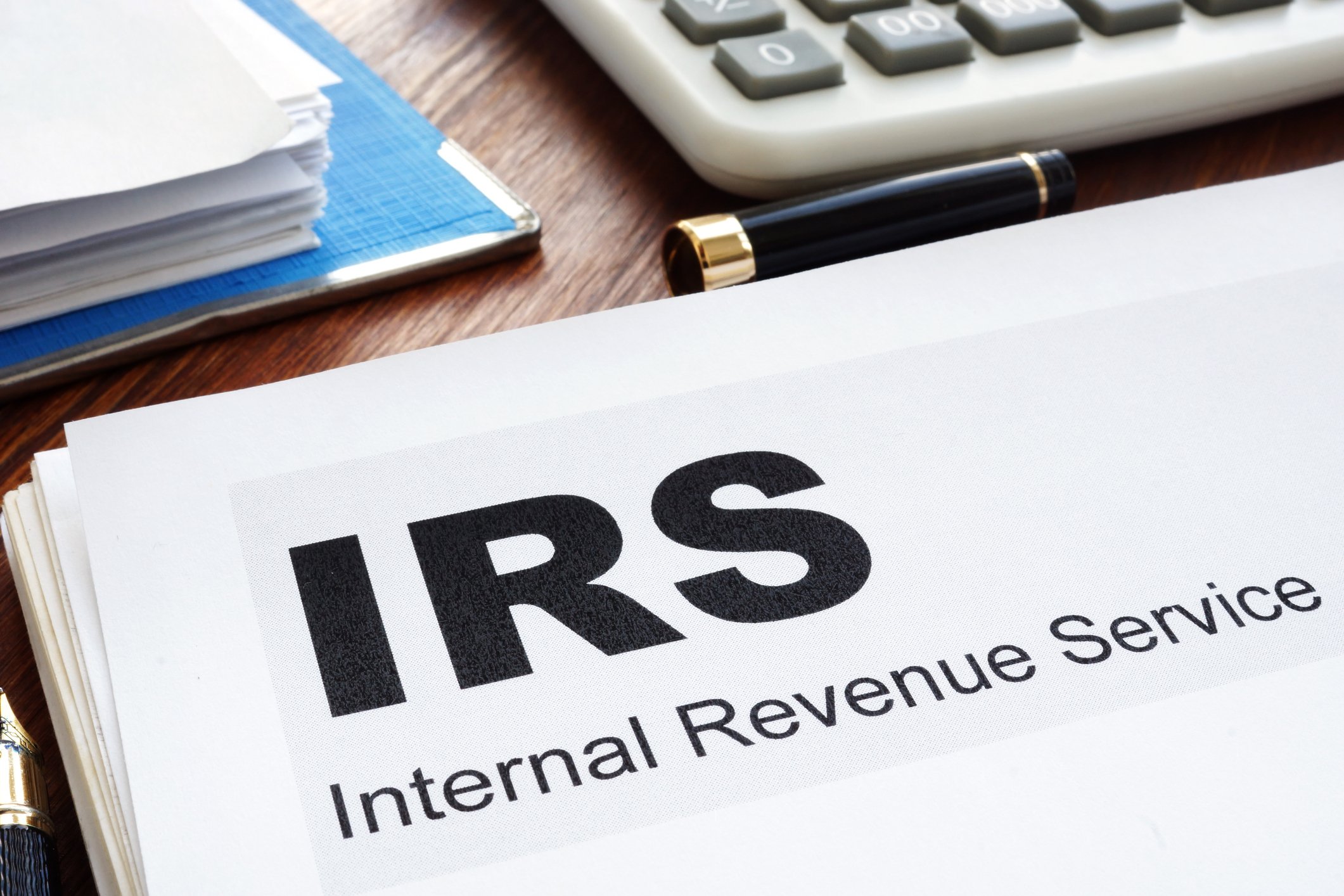On November 1, the IRS announced increases to contribution limits for 401(k)s, IRAs, and other retirement accounts due to cost of living adjustments. Here’s an overview of what changed.
Workplace retirement plans
The contribution limit for workplace retirement plans, such as 401(k)s, increased from $18,500 to $19,000. Other workplace retirement accounts affected by the new limit include:
- 403(b)s
- Most 457 plans
- Thrift Savings Plans
If a taxpayer has more than one 401(k) account, their total contribution cannot exceed $19,000. The limit is not per account.
The contribution limit for employers also increased from $36,500 to $37,000. The limit applies to matching employee contributions and elective contributions.
The catch-up contribution limit for taxpayers 50 years old and over remains unchanged at $6,000.
Individual retirement accounts
The contribution limit for an Individual Retirement Account (IRA) increased for the first time since 2013. The limit is now $6,000, up from $5,500.
The catch-up contribution limit for taxpayers 50 years old and over remains at $1,000 since it is not subject to cost-of-living adjustments.
The IRS also increased the income phase-out ranges for making deductible contributions to traditional IRAs. The new deduction phase-out ranges are:
- For a single taxpayer covered by a workplace retirement plan: $64,000 to $74,000
- For a married couple filing jointly, where the spouse making the IRA contributions is covered by a workplace retirement plan: $103,000 to $123,000
- For a taxpayer who contributes to an IRA and is not covered by a workplace retirement plan but is married to someone who is covered: $193,000 to $203,000 (jointly)
- For a married individual filing separately who is covered by a workplace retirement plan: $0 to $10,000 (no change from last year)
Phase-out ranges for the deduction do not apply to individuals or couples who are not covered by workplace retirement plans.
The income phase-out ranges for taxpayers making Roth IRA contributions increased. The new income phase-out ranges are:
- For single taxpayers and heads of household: $122,000 to $137,000
- For a married couple filing jointly: $193,000 to $203,000
- For a married individual filing separately: 0 to $10,000 (no change from last year)
The Saver’s Credit
Another significant change outlined in the recent IRS announcement was the increased income limit for the Saver’s Credit (aka the Retirement Savings Contributions Credit). The new limits are as follows:
- For married couples filing jointly: $64,000
- For heads of household: $48,000
- For single taxpayers and married individuals filing separately: $32,000
Want to read up on other IRS updates? Check out our Industry News blog posts.








Get Our Latest Updates and News by Subscribing.
Join our email list for offers, and industry leading articles and content.